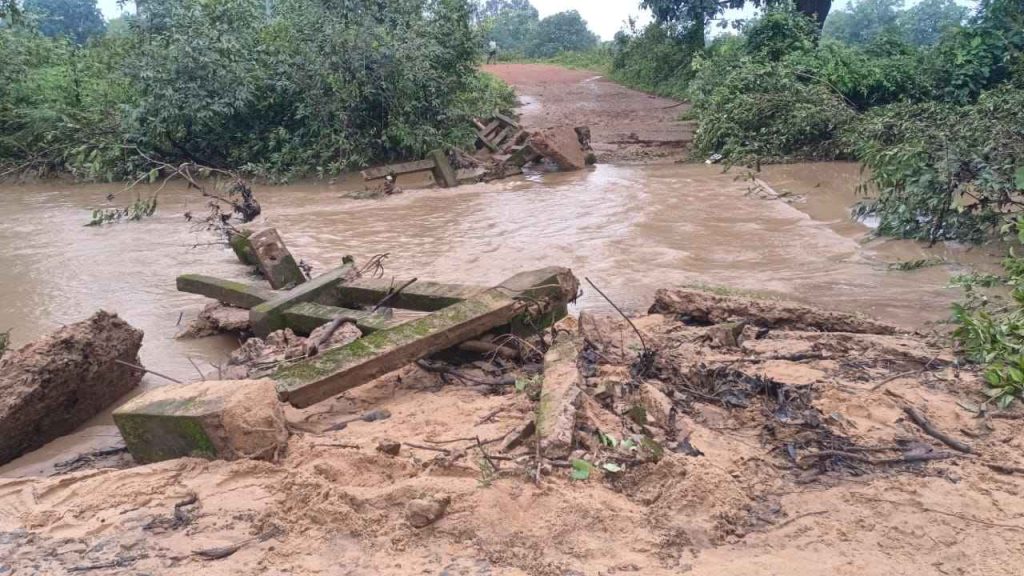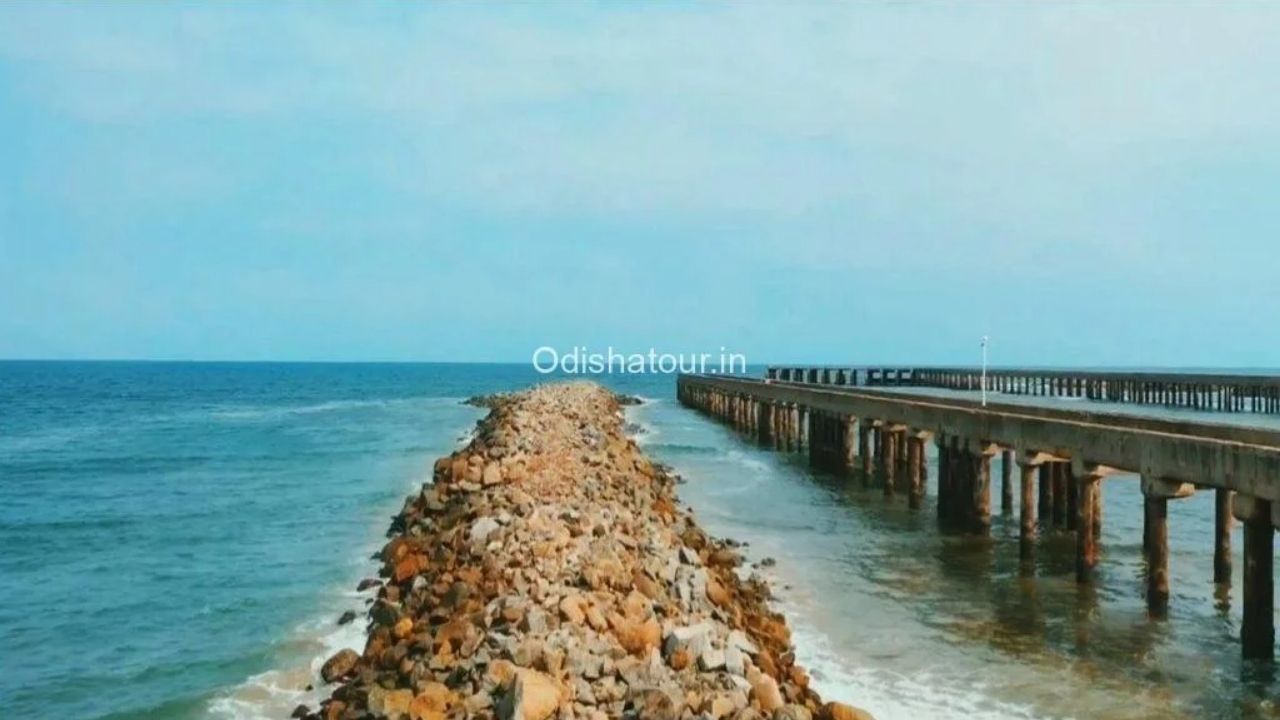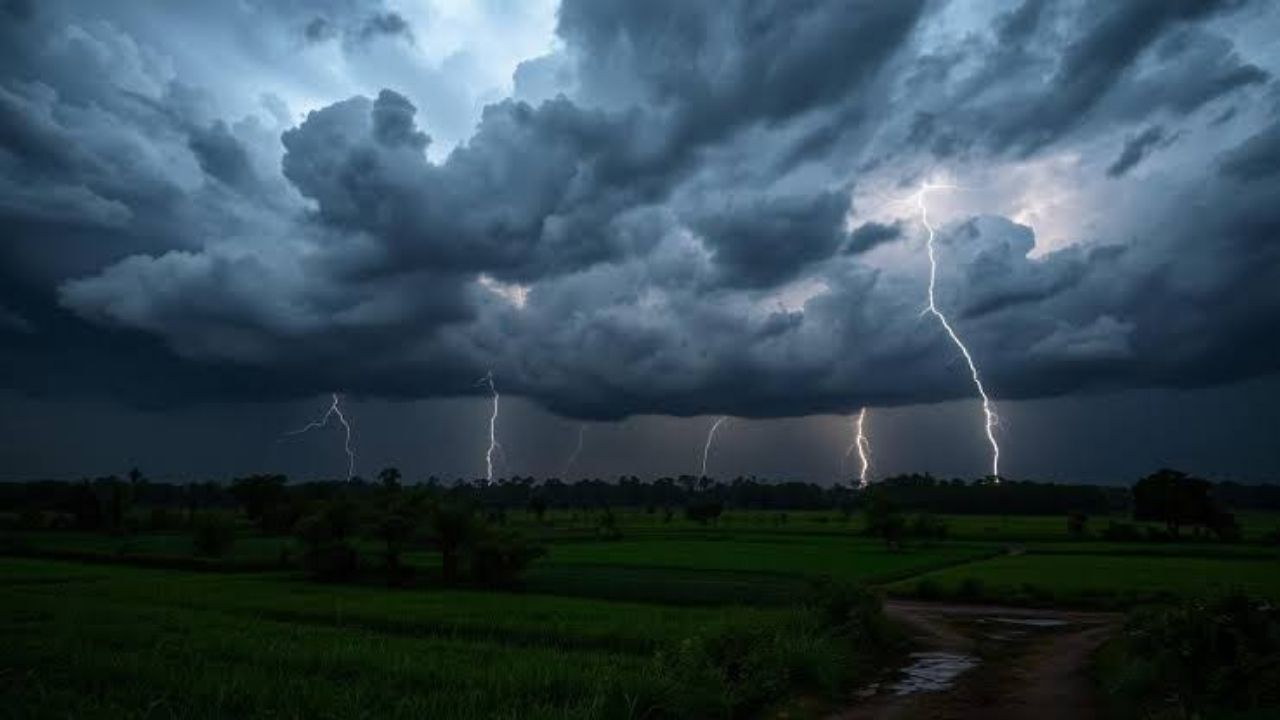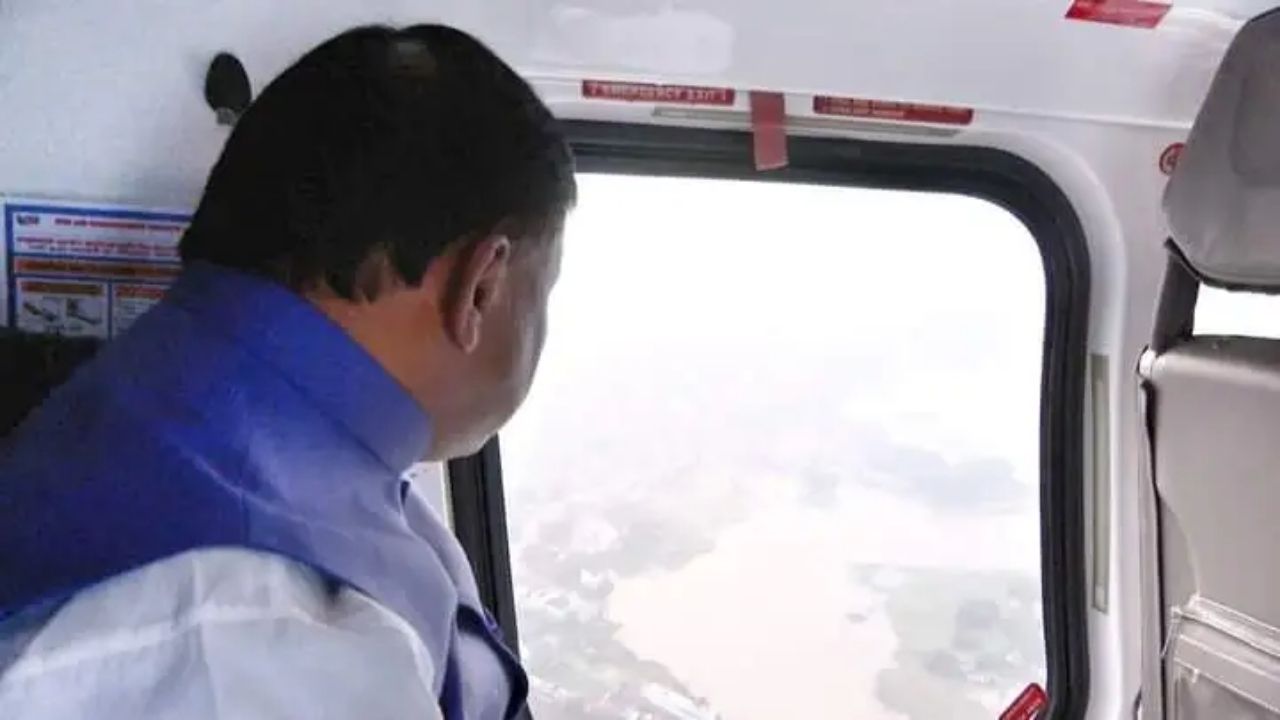In a dramatic turn of events, the heavy rains that have been pouring over Odisha’s western regions have caused major disruptions. One of the most significant incidents was the collapse of a vital bridge connecting Sunabeda Wildlife Sanctuary to nearby villages in the Nuapada district. As the rain continues to pour down, the India Meteorological Department (IMD) has issued several weather warnings, signaling that the worst is not over yet. But what’s really going on? Let’s break it down.

Bridge Washed Away in Odisha’s Sunabeda Sanctuary Amid Torrential Rains
| Event | Details |
|---|---|
| Bridge Collapse | The Tetalkhuti culvert, a crucial bridge in Sunabeda, was washed away by torrential rains late Wednesday night. |
| Affected Areas | Sunabeda Wildlife Sanctuary, Komna Block, and surrounding rural communities in Nuapada district. |
| IMD Warnings | Red alert for Mayurbhanj & Keonjhar, orange alerts for Koraput & Malkangiri, yellow warnings for 20 districts. |
| Weather Forecast | Low-pressure system over Bay of Bengal intensifies rainfall through July 27, 2025. |
| Government Action | Odisha government has mobilized emergency response teams and precautionary measures in affected areas. |
| Impact on Rural Connectivity | The washed-away bridge has isolated several communities, raising concerns about medical accessibility. |
For further details, you can read more about these warnings and the weather updates from Odisha TV.
The heavy rains that have recently hit Odisha’s Sunabeda Sanctuary have wreaked havoc, including washing away crucial infrastructure like bridges and isolating rural communities. With the IMD forecasting more rain, it’s essential for local authorities and residents to stay prepared and vigilant.
By staying informed and following safety protocols, communities can better navigate these challenging times. Whether it’s evacuating early, securing property, or staying in touch with emergency services, being proactive can save lives and reduce damage. The government’s swift response and the resilience of local people will hopefully bring this crisis to a close in the coming days.
The Situation in Odisha’s Sunabeda Sanctuary
The sudden, fierce rainfall has had a catastrophic impact on Sunabeda Sanctuary, a pristine area known for its wildlife and scenic beauty. The rains were so intense that they overwhelmed the Tetalkhuti culvert, a bridge that connects Sunabeda with the nearby Gatibeda village. This crucial bridge, which serves as a lifeline for many rural communities, was washed away on the night of Wednesday, July 23.
This unfortunate event has not only disrupted transportation but also posed a significant challenge to those living in the rural pockets of the area. Imagine being cut off from the rest of the world, unable to access the nearest town, school, or even medical services. That’s exactly what many families are facing right now. The collapse of the bridge has isolated entire villages, leaving them stranded with limited options for relief.
Why Was This Bridge So Important?
The Tetalkhuti culvert was more than just a piece of infrastructure; it was a lifeline for the communities that relied on it. It connected Sunabeda and Gatibeda, both villages under the Sunabeda panchayat in the Komna block of Nuapada district. The bridge not only facilitated regular travel but was crucial for medical emergencies, transport of goods, and education. The washout of this vital connection has placed an enormous strain on the rural population who now have to wait for the water to recede before repairs can begin.
IMD’s Warnings and What They Mean
The India Meteorological Department (IMD) has been keeping a close eye on the situation, and they have issued red alerts for several districts. A red alert means the situation is extremely dangerous, and people must take immediate precautions. In this case, Mayurbhanj and Keonjhar districts have been warned of extremely heavy rainfall on Friday, July 25, 2025.
On the other hand, orange alerts have been raised for Koraput and Malkangiri, signaling that these areas should expect heavy rainfall, but it is not as severe as the red alert zones. Lastly, yellow alerts have been issued for 20 districts, indicating thunderstorms, lightning, and gusty winds. This means the weather is going to be unpredictable, with intermittent showers and possible disruptions.
The formation of a low-pressure area over the northern Bay of Bengal is behind this weather chaos. The IMD predicts that this weather system will bring more rain to Odisha, especially in the western regions, through the weekend. As per the forecast, the rain won’t stop anytime soon.
What Are the Risks of Heavy Rainfall?
Heavy rainfall brings along several risks, and it’s crucial for both the general public and authorities to take precautions. The risks include:
Flooding
Flooding is the most immediate danger with torrential rainfall. Low-lying areas, particularly around rivers and streams, are at high risk. The waters can rise quickly, causing massive property damage and even loss of life.
Landslides
In hilly or mountainous regions, like parts of the Sunabeda Sanctuary, the heavy rain can trigger landslides. The soil becomes saturated and unstable, leading to landslides that can block roads, damage homes, and threaten lives.
Medical Emergencies
The collapse of infrastructure, including bridges, can make it difficult for people in need of urgent medical care to reach hospitals. Emergency services are often delayed, and roads become impassable.
Disrupted Livelihoods
The livelihoods of many rural communities, especially farmers, depend heavily on good infrastructure. When roads, bridges, or transport systems are damaged, farmers can’t get their products to the market, impacting their income and food availability.
Practical Advice for Communities During Heavy Rains
While we cannot control the weather, there are several ways to prepare and minimize the impact of these extreme conditions. Here’s what people can do:
1. Stay Updated
Always keep an eye on the weather updates. The IMD provides regular forecasts and alerts. It’s important to understand when a storm is approaching and to take action early.
2. Evacuate When Necessary
If you live in a flood-prone area or a place where landslides are common, evacuating early can save lives. Ensure that you have a family emergency plan in place and know the nearest safe evacuation routes.
3. Secure Your Property
If you live in a vulnerable area, take steps to secure your property. This may include tying down objects that could be swept away by floodwaters and moving valuable items to higher ground.
4. Avoid Waterlogged Areas
It might seem harmless to walk through rainwater, but strong currents can sweep people off their feet. Avoid crossing bridges and roads with water over them, as you cannot always gauge the depth or strength of the current.
5. Maintain Communication
Keep your phones charged and maintain communication with family, neighbors, and emergency services. During severe weather events, services may be delayed or cut off, so it’s essential to stay informed.
6. Monitor Local Authorities
Local authorities often issue instructions and evacuations. Listen to the news, radio, or official government notifications for real-time updates on the situation.
7. Health and Hygiene
When flooding occurs, clean water may become scarce, and sanitation facilities may be compromised. Use boiled or filtered water and practice good hygiene to avoid waterborne diseases.
How is the Odisha Government Responding?
The Odisha government has been actively working to manage the crisis. Local authorities are on high alert and have mobilized emergency response teams in the affected areas. These teams are tasked with rescuing stranded individuals, providing emergency medical care, and clearing blocked roads.
The government is also ensuring that relief materials, such as food, water, and medical supplies, are being sent to the affected villages. Furthermore, precautionary measures are being implemented in areas prone to landslides, and temporary shelters are being set up for those who have lost their homes.
What Happens Next?
The IMD has warned that heavy rains will continue in Odisha for the next few days, especially with the formation of a low-pressure area over the Bay of Bengal. The government is likely to issue further warnings and advisories as the situation develops. People are advised to stay indoors and avoid unnecessary travel.
Odisha to Experience Widespread Rain and Thunderstorms: IMD’s Forecast for July 23–26
Rainfall Likely in Odisha with Low Pressure Developing Over Bay of Bengal
Odisha Braces for Intense Rainfall: IMD Forecasts Low-Pressure System Impact
FAQs
Q1: How do I prepare my house for flooding?
To prepare for flooding, elevate furniture, secure heavy items, and install sump pumps to help water flow out. Check if your home’s foundation is sealed to avoid water leakage.
Q2: What should I do if I am trapped during a landslide?
If you are trapped during a landslide, stay calm and wait for rescue services. If possible, try to call for help and move to higher ground if it’s safe to do so.
Q3: How can I track weather updates?
You can track weather updates by following the IMD’s official website and social media accounts. Local news stations also provide real-time updates and weather forecasts.
Q4: Are there emergency shelters available?
Yes, the Odisha government sets up emergency shelters during natural disasters. These are often located in schools or government buildings in safe areas.





